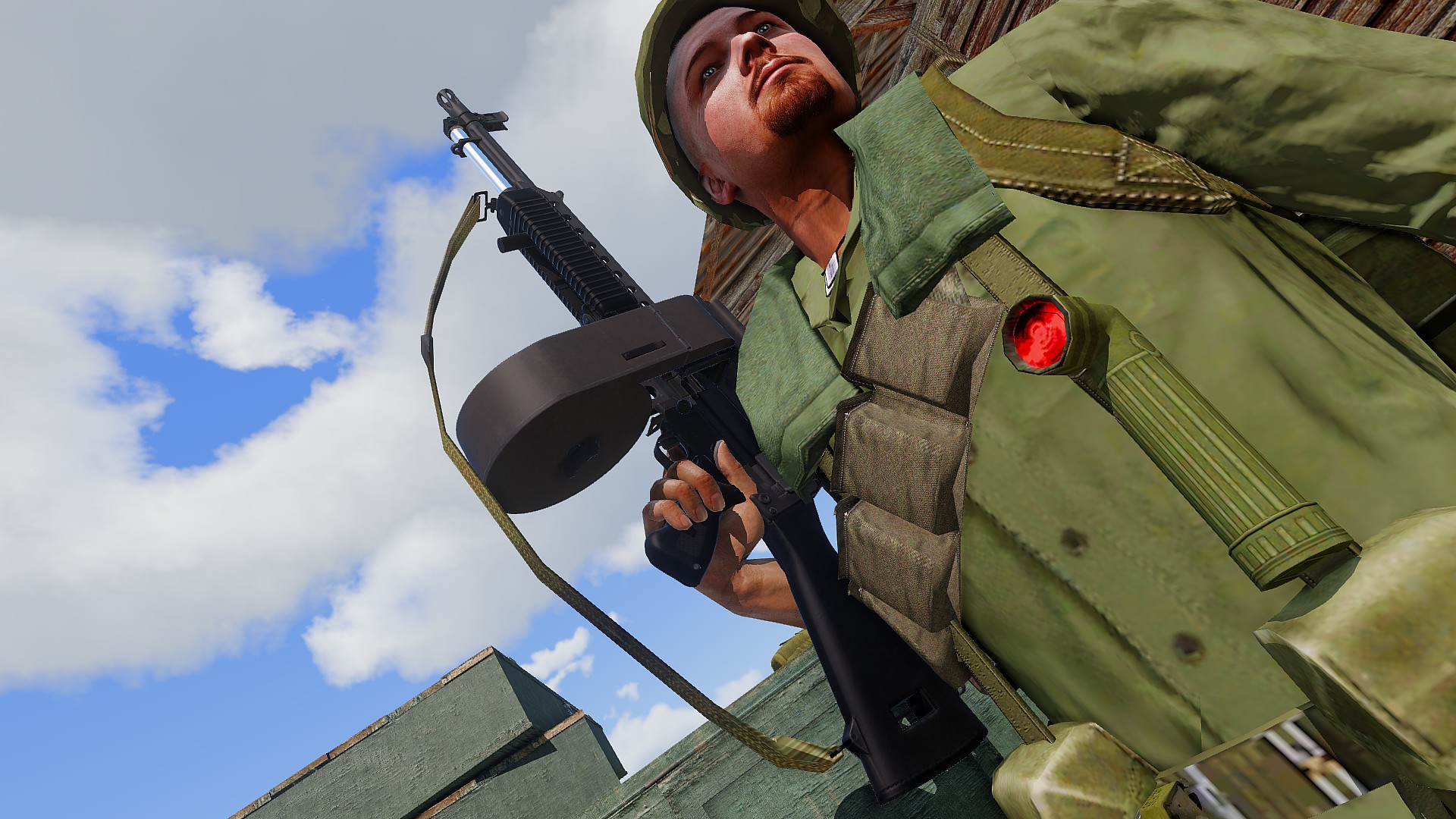Part 1: The Versatility and Compatibility of the Nintendo Switch
Nintendo Switch Gains Popularity through Portability and Multiplayer Options
The Nintendo Switch has rapidly gained popularity since its 2017 launch due to its innovative hybrid design that allows players to enjoy games at home or on the go. Whether played as a home console hooked up to the TV or as a handheld system, the Switch offers unparalleled gaming versatility. However, many players wonder if their existing game controllers from other systems can be used with the Switch for added value and compatibility.

Various Controllers Can Connect to the Nintendo Switch
Luckily, the Switch supports connection of several official and third-party controllers to suit different player preferences and budgets. Through either Bluetooth or USB, the system is compatible with Wii U Pro Controllers, Joy-Con, and Nintendo Switch Pro Controllers. Many third-party and retro controllers also connect with adapters or Bluetooth, increasing the options.
Compatibility Varies by Controller and Game
While the versatility is appealing, controller support varies greatly by game. Players must research compatibility for full functionality. Official Nintendo controllers typically work flawlessly, but third-party or retro options sometimes lack features like motion controls or amiibo. This guide outlines the controller options and compatibility considerations for seamless Nintendo Switch gameplay.
Part 2: Official Nintendo Controllers Form a Solid Foundation
Nintendo Switch Pro Controller Provides a Full-featured Experience
As Nintendo’s flagship controller for the Switch, the Pro Controller replicates the layout of other console controllers for familiarity. It connects directly to the system via Bluetooth or USB for a responsive, lag-free wireless connection. Its inclusion of motion controls, HD rumble, and NFC scanner makes it compatible with all controller-compatible Switch games.
Joy-Con Controllers Open Doors to Unique and Social Games
The detachable Joy-Con controllers that flank the Switch console unlock unique experiences. Their motion sensing and HD rumble bring games like 1-2-Switch to life. Players enjoying games on the go need only the included Joy-Con Grip accessory to play two-player games together. Their versatility has fueled the popularity of local multiplayer Switch titles.
Wii U Pro Controller Transitions to the New System Seamlessly
For those upgrading from the Wii U, existing Wii U Pro Controllers can also be paired to the Switch without hassle. Their ergonomic design feels natural for many games. While lacking motion controls, their compatibility with many Switch ports of Wii U titles provides budget-friendly access to beloved franchises.
Part 3: Affordable Third-Party Options Expand Compatibility
Licensed Options from HORI Offer Quality Without Breaking the Bank
For affordable officially-licensed alternatives, Japanese accessory maker HORI produces reliable third-party Pro Controllers. Models like the HORI Split Pad Pro mimic the Joy-Con design with improvements like increased battery life. Their direct licensing ensures full compatibility and quality control.
Cheaper Unlicensed Options Work for Casual Games
When funds are tight, unlicensed budget controllers from Amazon offer more affordable ways to play. While sometimes lacking features, basic controllers connect via Bluetooth or USB for less demanding games. Risks include lower build quality, lapses in motion support, and questionable long-term reliability. However, they function well as spare or travel controllers.
Compatibility Concerns Require Thorough Research
As third parties, compatibility cannot be guaranteed for all Switch games. Players must research each title and controller combination to avoid frustration. Motion-heavy games especially demand official or fully-featured third-party controllers for the best experience. Starting with more compatible options prevents disappointment.
Part 4: Adapters Enable Controllers from Other Consoles
Popular Controllers from Sony and Microsoft Connect via Adapter
Since the Switch lacks native support for PS4 and Xbox One controllers, savvy accessory makers produce affordable adapters to bridge compatibility. Devices like the 8BitDo Wireless Adapter pair these mainstream controllers seamlessly. While an extra investment, the adapters open up familiar controller options.
Adapters Offer Convenience but Also Complications
Controllers connect easily via USB or Bluetooth once paired. However, latency sometimes occurs over wireless connections. More concerningly, full compatibility with Nintendo Switch games cannot be guaranteed as with official controllers. Compatibility databases help manage expectations on a game-by-game basis.
Retro Controllers Also Work Through Dedicated Adapters
Nostalgic players can use their favorite retro controllers with the right adapter as well. Examples include the Mayflash Magic-NS that supports the classic GameCube controller. Retro peripherals add fun nostalgic vibes and comfortable ergonomics at the possible cost of missing modern features. As always, thorough research prevents compatibility headaches.
Part 5: Unlimited Local Multiplayer Through Clever Controller Combinations
Eight Controllers Connect Simultaneously for Group Fun
With up to 8 controllers paired at once, the Switch facilitates true party gameplay. Beyond the bundled Joy-Con, any combination of Pro Controllers, Joy-Con pairs, and third-party controllers can join through their wireless or wired connections. Titles with online multiplayer similarly support 8 connected players.
A Single USB Port Powers Multiple Retro Controllers
The Mayflash Magic-NS GameCube Controller Adapter packs 4 USB ports, activating 4 GameCube or Switch controllers simultaneously from one connection. Its clever design fosters local multiplayer retro fun. Compared to buying individual Bluetooth adapters, it provides a more economical means of linking multiple legacy controllers.
Workarounds Use Controllers across Consoles for Shared play
Innovators found less direct workarounds too. The 8BitDo Wireless USB Transmitter streams controller inputs from Switch to multiple devices over a single dongle. So one could play local multiplayer across the Switch and nearby PC, expanding compatibility boundaries. Out-of-box thinking grows multiplayer possibilities.
Part 6: Support for Modern Features Varies Greatly
Motion Controls and Amiibo Functionality Depend on Controller
Whereas all official Nintendo controllers support motion controls and NFC-based amiibo features, third parties often lack one or both. Controllers like the HORI Split Pad Pro fully replicate the motion-sensing Joy-Con. But some cheaper or legacy controllers only handle basic button inputs. Considering game needs avoids disappointment.
Workarounds Exist but Add Clunkiness and Cost
For motion-focused games, workarounds include buying a supported controller separately or modifying controllers to add motion abilities. But inevitably these introduce lag, cost more, or provide subpar experiences compared to purpose-built solutions. Weighing motion dependence informs prudent accessory purchases.
Screen-based Play Utilizes Touch as Motion Alternative
Luckily the Switch adapts well to touch-based controls on self-contained handheld mode. Examples include touch-exclusive games and options to replicate motion inputs. This prevents controller reliance and enables play using any controller or no controller for portable situations demanding instant pick-up-and-play flexibility.
Part 7: Picking the Right Controller for Any Situation
Official Controllers Guarantee Full Compatibility and Quality
When compatibility with all games matters most, official Nintendo Pro Controllers and Joy-Con represent the safest options. Their universal support, robust motion skills, and excellent build justify the higher price point. Regular system updates also ensure seamless future-proof functionality.
Third-Party Options Save Money for Budget or Casual Use Cases
However, licensed third-party or basic Bluetooth controllers satisfy occasional solo or multiplayer needs economically. Games without frills like motion or amiibo work well. Just check reviews to avoid shoddy unreliable options. Overall the value outweighs minor missing features.
Retro Controllers Add Nostalgia While Preserving Wrists
Classic controllers translate childhood joy to a modern system, sparing wrists from smaller modern designs. Just pair with the proper adapter and expect occasional disconnects. For enjoyable laid-back play of ports and indies on the couch, retro controls provide a worthwhile comfy experience.
Part 8: Resolving Common Connection Issues Swiftly
Standard Troubleshooting Methods Often Rectify Problems Fast
When connection drops occur, the first steps involve closing software, forgetting devices to reset pairings, and trying a new USB port. Low batteries commonly cause disconnections too. These easy techniques fix most temporary glitches without difficulty.
Manufacturer Support Aids Faulty Hardware Issues
Rarer hardware failures demand contacting the maker directly. Reputable companies strive to help via replacement parts, advanced exchanges with deposit, or warranty service. Being a courteous, understanding customer increases the likelihood of a speedy solution.
Third-Party Controllers May Require Direct Return for Defects
Unfortunately budget third-party controllers sometimes arrive faulty or break early. While warranties may exist, direct returns involving original sellers prove more reliable than manufacturer support alone. Taking prompt action leads to conflict-free resolutions.
Conclusion
In conclusion, the Nintendo Switch offers players widespread controller compatibility through its support for versatile official and third-party options. Whether using nostalgic favorites or modern connected controllers, with the right planning almost any controller condition can provide smooth gaming experiences. Understanding unique controller traits and precisely matching them to intended games prevents frustrations down the line. Overall, the Switch empowers personal controller preferences for living
 Skyrim in 2023: Worth Playing Vanilla or Modded?
Skyrim in 2023: Worth Playing Vanilla or Modded?